All About Feeding Discus: An Overview
What’s the secret to the most vibrant and healthy discus? Healthy nutrition! In this article, we’ll explain what, how, and when to feed your discus. Then we’ll close by describing possible problems and how you can respond to them.
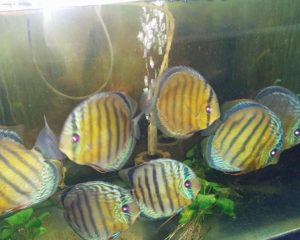
Manacapuru Red and Blue Discus
WHAT SHOULD I FEED MY DISCUS?
Discus fish food can include fish flakes, pellets, and frozen or live food. Be sure to give your discus a variety of foods so that it can intake all the vital nutrients.
If you give your fish dry food, be sure to supplement their diets with live food in order to bring your fish to peak health, since fish flakes won’t supply all their nutritional needs. If you use fish pellets, be sure that you soak them in water first, as feeding discus unsoiled pellets can cause them to become bloated. On the bright side, dry foods frequently contain many essential nutrients.
Bloodworms are excellent live food for discus. These can be easily bought from a pet store and stored inside the fridge until you are ready to feed your fish. In addition, you can also add black and white worms to your list of food for discus.
If you don’t like buying worms, brine shrimps are another excellent choice as they have plenty of vitamins and minerals in them. Feed your discus frozen or live brine shrimp. First defrost them and rinse them well. You want to remove any salt that is on them. Rinsing them is easy! Simply put your shrimp in a net and then run warm water over it. Since brine shrimp contain beta carotene, they strengthen your fish’s colors, especially red tints.
Some owners will even make homemade food for their fish using cow hearts. Since these can dirty up your tank, make sure that you’re first familiar with how to clean your tank.
Also, if you want to breed discus, be sure to give them many live foods. Live foods can actually stimulate spawning.
Keep in mind that in the wild, discus eat small shrimp, insects, insect larvae, small fish, and plant material.
After reading about these food options, will you be giving your fish new foods? Gradually introduce new food to help your discus adjust. Sometimes, a discus won’t eat for a few days, until it gets used to its new foods.
HOW OFTEN AND HOW MUCH SHOULD I FEED MY DISCUS?
When discus are still young, they require constant feeding. Baby discus will eat ten to twelve times per day. Young fish will eat up to five times per day.
Adult fish eat two to three times per day. Be careful to not overfeed them. Overfeeding your discus could cause health problems and water pollution. Discus are sensitive fish who appreciate pristine water conditions.
Each time you feed your discus, give them only about the amount of food that they can actively eat in about five minutes. Because discus have grinders in their jaws instead of teeth, they eat with this process: They mouth the food, spit it out, and then recapture it before swallowing. This process causes food particles to fall to the bottom of the tank, but the discus isn’t done yet! The discus can dispel water at foods resting on the bottom of the tank and then pick it up as it float upwards. After their main feeding, they will search for leftovers at the bottom of the tank and clean up the leftovers for up to an hour.
Some discus enjoy food that is floating around, while others prefer the food that is at the bottom. Some discus will even eat food out of your hand!
WHAT TIME OF DAY SHOULD I FEED MY DISCUS?
Regardless of when you feed your discus, try to be consistent with your feeding routine. In the morning, wait for your discus to wake up a bit before you feed them. Turn on their lights and then give them some time to move around for a few minutes.
After they eat their last meal of the day, give them time to forage and clean your tank. Don’t turn off their light until at least an hour after their final meal of the day.
WHAT ARE THE CHALLENGES OF FEEDING DISCUS, AND HOW SHOULD I RESPOND TO THEM?
One possible difficulty is that sometimes, the fish won’t immediately swim and eat the food. As a result, the food will sink to the bottom of the aquarium. Any food that remains there will rot after two days, which will lead to bacteria. The best way to avoid this situation is to purchase and include a bottom feeder in your aquarium, such as a corydoras catfish (also known as a cory or corycat). It will eat the leftover food and prevent this problem. If you choose not to include a bottom feeder, you will have to manually vacuum the leftover food out of the aquarium before it begins decomposing and contaminating the aquarium.
Corydoras Catfish
Gold Panda Discus Feeding
QUESTIONS
- What foods will you feed your discus?
- How will you obtain discus foods?
- How often daily will you feed your discus?
- How will you keep your tank clean?

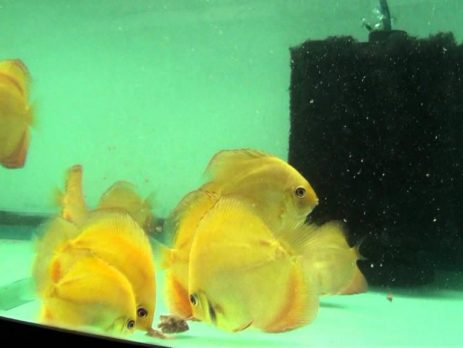
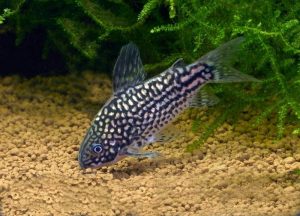
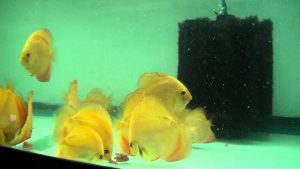
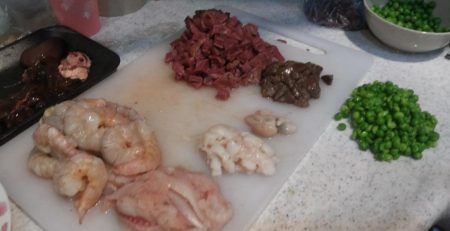

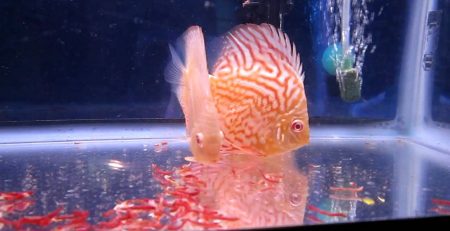
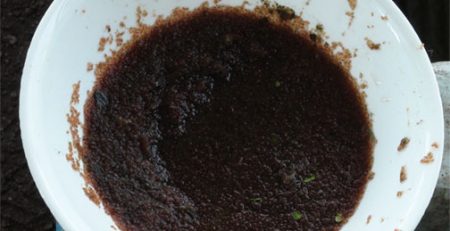

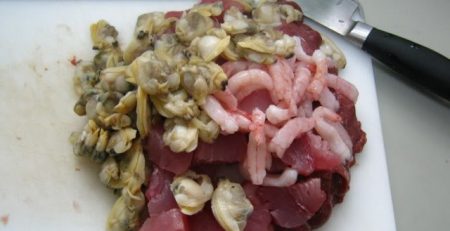


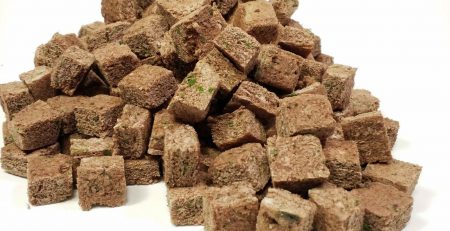
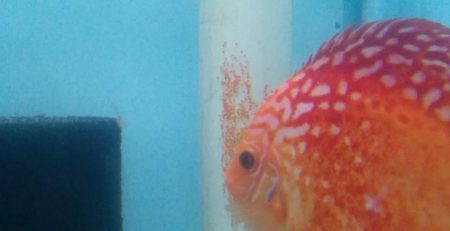
Leave a Reply
You must be logged in to post a comment.